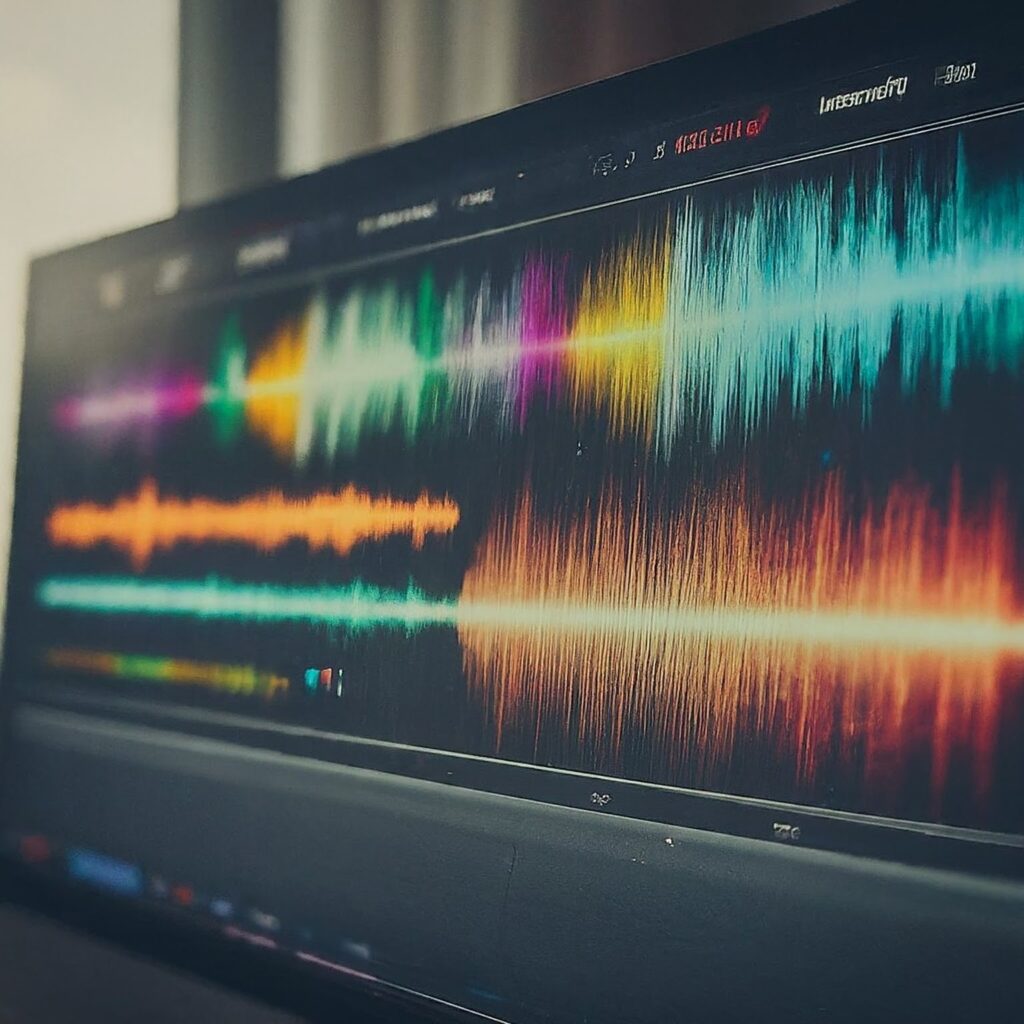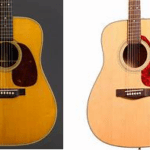A Guide to Music Composition
Have you ever been struck by a melody or felt a rhythm thrumming in your head? Then you might have the makings of a composer! Music composition is the art of creating new pieces of music, and it’s a skill that can be both challenging and incredibly rewarding.
In this blog, we’ll delve into the wonderful world of music composition, offering a roadmap for aspiring composers, whether you’re a seasoned musician or a complete beginner.
The Building Blocks of Composition
Before you orchestrate your masterpiece, it’s essential to understand the fundamental elements of music:
- Melody: The main tune or “hook” of the piece.
- Harmony: The chords that accompany the melody, creating a sense of richness and texture.
- Rhythm: The timing and organization of musical notes, giving the music its pulse and flow.
- Timbre: The unique sound or “color” of an instrument or voice.
These elements work together to create the emotional impact and overall structure of your composition.
Getting Started on Your Musical Journey
Here are some pointers to kickstart your composing adventure:
- Learn the basics of music theory: This will provide a strong foundation for understanding chords, scales, and how notes interact with each other.
- Play an instrument (or two!): Practical music skills will enhance your compositional creativity. Even basic knowledge of an instrument can help you translate your ideas into sound.
- Listen actively: Pay close attention to the music you love. Analyze how composers use melody, harmony, rhythm, and timbre to create different moods and effects.
- Embrace experimentation: Don’t be afraid to try new things! Experiment with different sounds, instruments, and rhythms. Happy accidents can often lead to your most original ideas.

Composition Tools for the Modern Age
Gone are the days when composers were limited to pen and paper. Today, there’s a wealth of technology to empower your creativity:
- Digital Audio Workstations (DAWs): These software programs allow you to record, edit, and mix your music. Popular DAWs include Logic Pro, Ableton Live, and FL Studio.
- Virtual Instruments: These programs emulate the sounds of real instruments, giving you access to a vast sonic palette.
- Sample Libraries: Pre-recorded sounds of instruments, vocals, and percussion loops can provide a foundation for your compositions.

Remember, the most important tool is your own imagination!
Composing is a Journey, Not a Destination
There’s no right or wrong way to compose music. The key is to find a process that works for you. Embrace the journey, learn from your mistakes, and most importantly, have fun! As your skills develop, so will the complexity and depth of your compositions.
Ready to unleash your inner musician? Grab your instrument, fire up your DAW, and let the music flow!

Recent Posts
-
 Vande Mataram Piano NotesFebruary 18, 2025/0 Comments
Vande Mataram Piano NotesFebruary 18, 2025/0 Comments -
 Top 10 Acoustic Guitars in 2025February 17, 2025/
Top 10 Acoustic Guitars in 2025February 17, 2025/ -
 Bones Piano NotesJanuary 31, 2025/
Bones Piano NotesJanuary 31, 2025/ -
 Believer Piano notesJanuary 31, 2025/
Believer Piano notesJanuary 31, 2025/ -
 Iktara ChordsDecember 13, 2024/
Iktara ChordsDecember 13, 2024/ -
 Jo Bhi Main ChordsDecember 13, 2024/
Jo Bhi Main ChordsDecember 13, 2024/ -
 Dil Kyun Yeh Mera ChordsDecember 13, 2024/
Dil Kyun Yeh Mera ChordsDecember 13, 2024/ -
 Dil Kya Kare ChordsDecember 13, 2024/
Dil Kya Kare ChordsDecember 13, 2024/ -
 Chadariya Jheeni Re Jheeni ChordsDecember 13, 2024/
Chadariya Jheeni Re Jheeni ChordsDecember 13, 2024/ -
 Jo Tum Mere Ho ChordsDecember 13, 2024/
Jo Tum Mere Ho ChordsDecember 13, 2024/ -
 Jiya Jiya re ChordsDecember 13, 2024/
Jiya Jiya re ChordsDecember 13, 2024/ -
 Husn ChordsDecember 13, 2024/
Husn ChordsDecember 13, 2024/ -
 Janam Janam ChordsDecember 13, 2024/
Janam Janam ChordsDecember 13, 2024/ -
 Chura liya hai ChordsDecember 13, 2024/
Chura liya hai ChordsDecember 13, 2024/ -
 Jhoome Jo Pathaan ChordsDecember 13, 2024/
Jhoome Jo Pathaan ChordsDecember 13, 2024/ -
 Galliyan ChordsDecember 13, 2024/
Galliyan ChordsDecember 13, 2024/ -
 Jiyein Kyun ChordsDecember 13, 2024/
Jiyein Kyun ChordsDecember 13, 2024/ -
 I Love You ChordsDecember 13, 2024/
I Love You ChordsDecember 13, 2024/ -
 Nanga Punga Dost ChordsNovember 26, 2024/
Nanga Punga Dost ChordsNovember 26, 2024/ -
THEREFORE I AM ChordsOctober 25, 2024/
-
Kya Mujhe Pyaar Hai ChordsOctober 25, 2024/
-
YOUR POWER ChordsOctober 25, 2024/
-
NDA ChordsOctober 25, 2024/
-
OVERHEATED ChordsOctober 25, 2024/
-
Do Dil Mil Rahe Hain ChordsOctober 25, 2024/
-
Jo Bhi Main ChordsOctober 25, 2024/
-
Someone You Loved ChordsOctober 25, 2024/
-
MALE FANTASY ChordsOctober 25, 2024/
-
O Come All Ye Faithful ChordsOctober 25, 2024/
-
Kya Hua Tera Vaada ChordsOctober 25, 2024/

